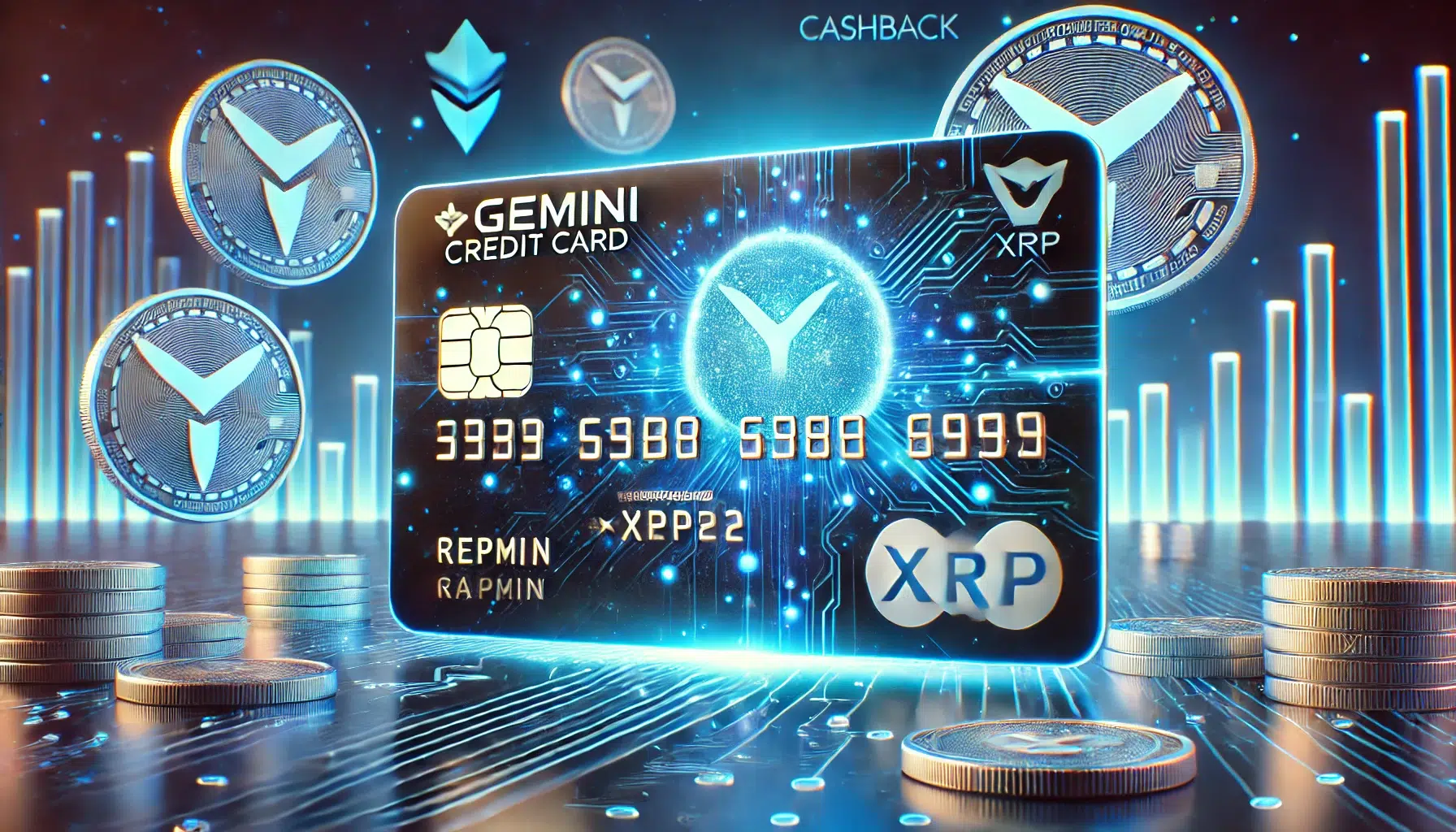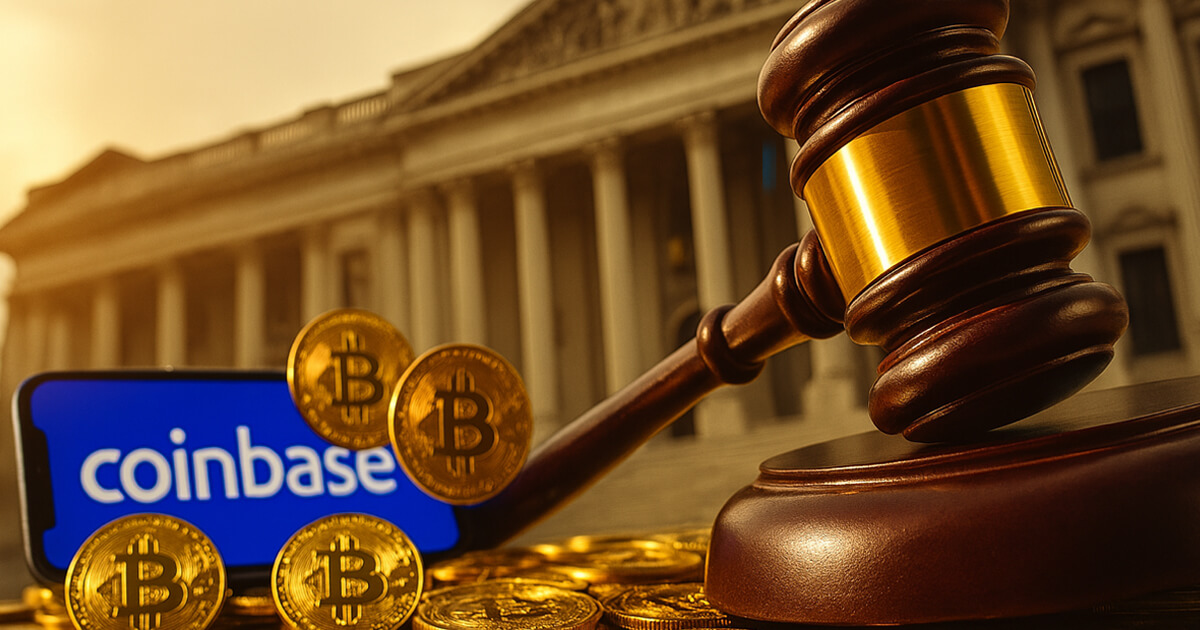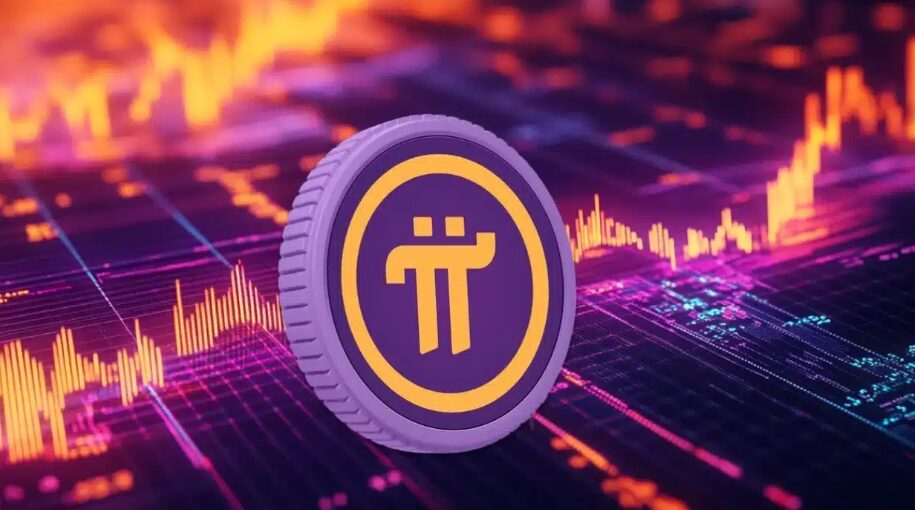 CaryptosHeadlines Media Has Launched Its Native Token CHT.
Airdrop Is Live For Everyone, Claim Instant 5000 CHT Tokens Worth Of $50 USDT.
Join the Airdrop at the official website,
CryptosHeadlinesToken.com
CaryptosHeadlines Media Has Launched Its Native Token CHT.
Airdrop Is Live For Everyone, Claim Instant 5000 CHT Tokens Worth Of $50 USDT.
Join the Airdrop at the official website,
CryptosHeadlinesToken.com
- Gemini’s credit card now offers up to 4% cashback in XRP, allowing users to earn crypto on purchases.
- Ripple token adoption continues to grow, with increasing institutional interest and potential price impact.
Gemini, the crypto exchange founded by Tyler and Cameron Winklevoss, has revealed a major incentive for users of its credit card. The Gemini Credit Card now rewards up to 4% cashback in XRP on purchases, giving crypto enthusiasts another way of building digital assets easily.
Tyler Winklevoss revealed the launch on X, inviting the XRP community to take advantage of the offer. When asked about its benefit compared to traditional cashback cards, he pointed out that crypto rewards could appreciate in value, unlike fiat-based cashback that loses purchasing power over time.
Calling on the @Ripple Army. Earn XRP back with the Gemini Credit Card
every time you swipe. https://t.co/twrp3HhhzL
— Tyler Winklevoss (@tyler) March 27, 2025
Some users questioned the usefulness of earning XRP through credit card spending instead of buying it directly. However, Tyler refuted them on the basis that traditional cashback cards carry concealed fees and diminishing value.
wrong. cash is trash. and your 2% will be eaten by trading fees.
— Tyler Winklevoss (@tyler) March 27, 2025
The move is all part of Gemini’s broader push to make crypto more accessible. The company launched its rewards credit card in 2022 in collaboration with Mastercard, enabling customers to earn cashback in Bitcoin, Ripple’s token, and over 50 other cryptocurrencies.
XRP was added to the program in August 2023, and this recent announcement serves as a reminder that users can still get XRP every time they swipe their cards.
How Users Can Benefit from XRP Rewards
The Gemini Credit Card functions the same as any other Mastercard with the added benefit of earning crypto rewards. To qualify, the applicant needs to have the necessary credit score and be approved by June 30, 2025.
New card members can earn up to $200 in XRP after spending at least $3,000 within the first 90 days after approval.
The cashback system is designed to reward different spend categories, with variable XRP cashback percentages depending on the type of purchase.
Cardholders receive 4% XRP cashback on gas station and EV charging purchases, up to a $200 monthly spend limit. Dining receives 3% XRP cashback, and grocery shopping earns 2% XRP cashback. Cardholders receive 1% of the cryptocurrency cashback on all other purchases, offering rewards on a broad range of spending.
After hitting the $200 gas station spend limit, customers will continue to earn 1% back in XRP for the remainder of the month. Any XRP earned will be automatically deposited into the user’s Gemini trading account so they can hold or trade it based on market performance.
Gemini is not the only one to offer Ripple’s token rewards. Exchanges like Uphold, WhiteBIT, and Bit2Me have already introduced such programs.
Nevertheless, the addition of XRP to a mainstream credit card program highlights the asset’s growing use in everyday financial transactions.
XRP’s Expanding Role in the Financial Ecosystem
Apart from cashback rewards, XRP is also attracting attention in the broader finance industry. Bitwise, an investment management firm that manages over $12 billion worth of assets, has released a report explaining XRP’s potential trajectory through 2025.
According to our previous report, XRP is set to grow due to the fact that it is focusing on cross-border payments.
The global cross-border payments market size was approximately $150 trillion in 2022 and is projected to reach $250 trillion by 2027. If the cryptocurrency can secure even a small fraction of this market, it will significantly boost its adoption and valuation.
The report also refers to the cryptocurrency‘s recent increase in network activity. The XRP Ledger experienced 382% quarter-over-quarter growth in the number of new active accounts in Q4 2024. The rapid growth shows increasing interest from institutional and retail investors.

Bitwise also describes the cryptocurrency as a well-established, multi-purpose digital asset. Low fees for transactions, fast settlement, and the ability of the XRP Ledger to support tokenization and decentralized finance use cases make it a key component of the future of finance.
With growing regulatory clarity and partnerships with financial institutions, XRP should play a bigger part in payments, tokenization, and institutional finance.













